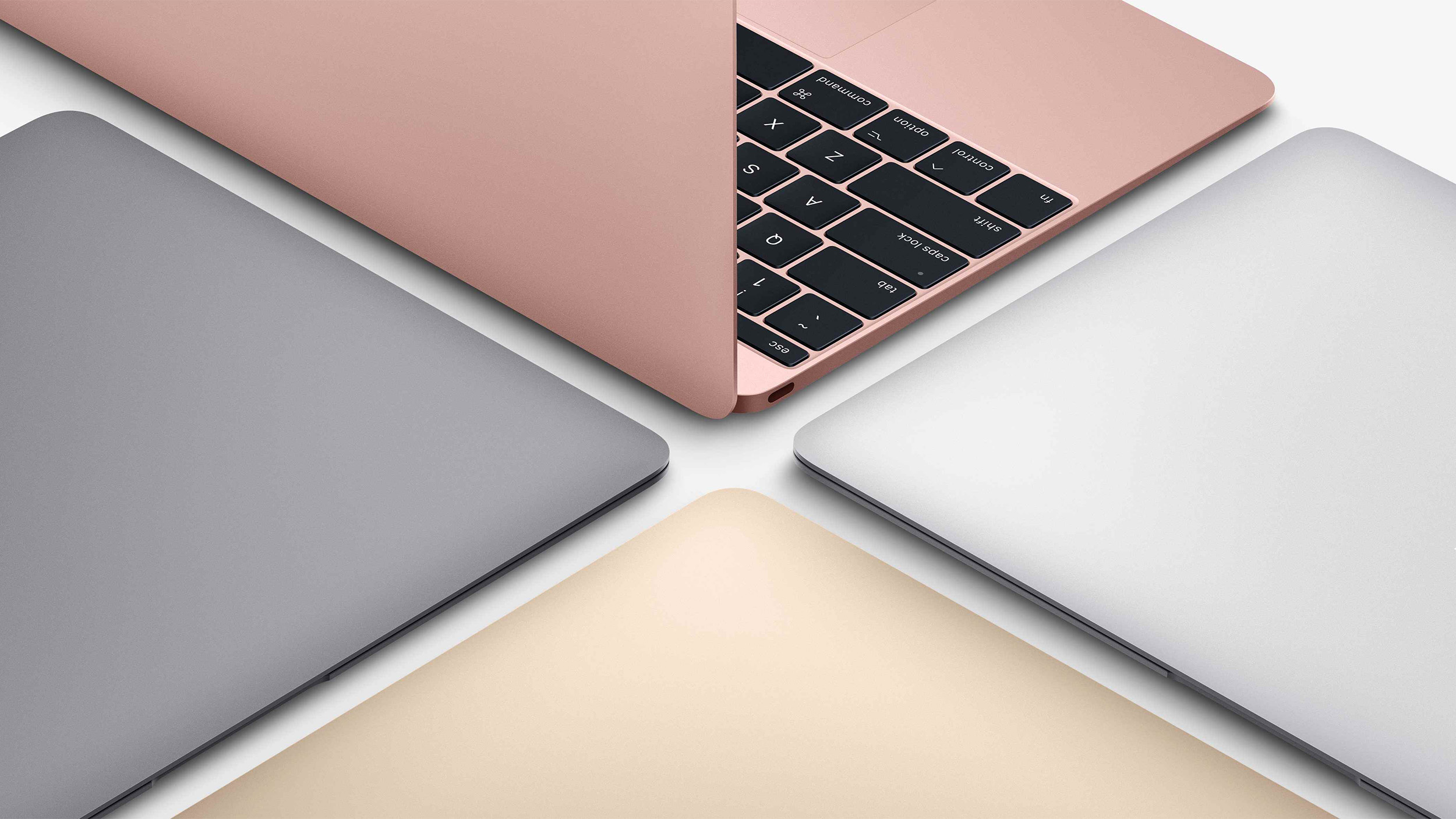I still fully believe Apple will bring this back but not with an M series chip, I think it’ll be with an A17 Pro or A18 Pro to get the cost down. My hope though is that it moves the USB C port to the right side to put MagSafe on the left, and then makes the bezels super thin other than the notch of course. And have that replace the M1 MBA that they’re still selling at Walmart and price it around $799. I think it would instantly jump to be their most popular Mac.
This will never work out.
What many people in this thread still fail to realize - as did Apple marketing back in the day - is that one cannot make a laptop smaller and smaller, lighter and lighter and at the same time cheaper and cheaper!
This works for food (aka "shrinkflation") where one just divides packages into smaller and smaller portions to get the price down - but the same does not work for high-tech equipment.
With laptops, ultra-small does not equal ultra-cheap. This is technically impossible - if one wants to keep it usable and durable.
Otherwise one ends up with a netbook, something that is too underpowered and too flimsy to be of any use at all. Nobody wants that.
Price and size ratios in laptops follow a U-shaped distribution. Not a linear distribution.
Large, high-end laptops will cost more than medium range laptops.
Yet just as well, ultra-portable laptops will also cost more than medium range laptops.
Simply because a lot more high-end parts would need to be used.
Smaller parts that ought to be as durable as their larger counterparts must use more hardy (and more expensive) materials.
To keep the battery life the same, higher energy density batteries must be used.
To get super-slim displays with extra-thin bezels, more expensive displays must be used, etc.
All of these parts, and many more, will have higher costs than their comparable counterparts on the much larger MacBook Air.
Plus of course much more engineering efforts will be required to get the motherboard even smaller while keeping the heat distribution bearable. Which costs extra money.
And ultimately the smaller the laptop gets, the more automation will be needed during production as humans can no longer assemble these tiny devices. Which again adds costs.
If anyone wants a small, cheap Apple laptop, the MacBook Air will be as small and as light as it will ever get.
Anything smaller than that, will again start to become more expensive than the MacBook Air.
Miniaturization is expensive. Not cheaper.
I am happy to pay a premium price for an ultra-portable device, especially if I have to carry it around on my shoulder all day every day.
But I am aware that many people expect smaller devices to be automatically cheaper.
Sadly Apple marketing never established the 12" MacBook as a high-end device, properly explaining why a premium price was necessary to get the size and weight benefits.
Last edited:



